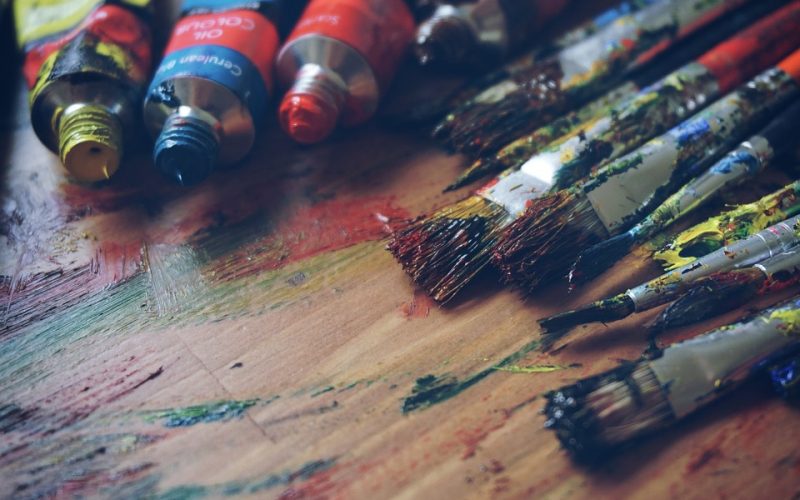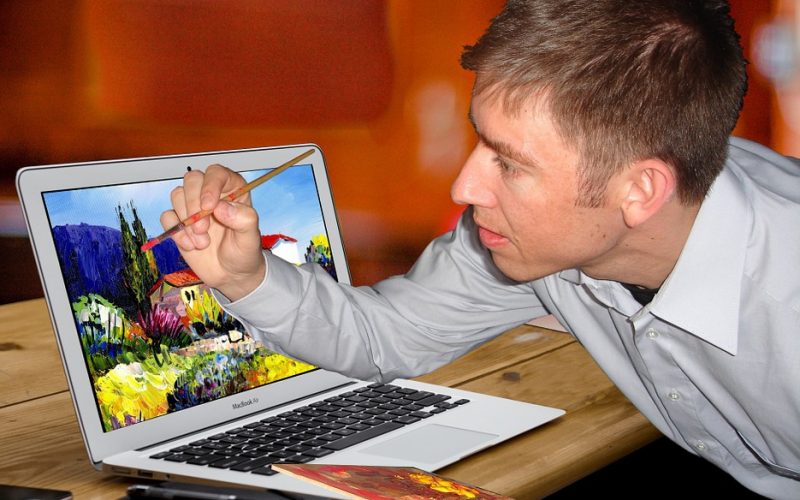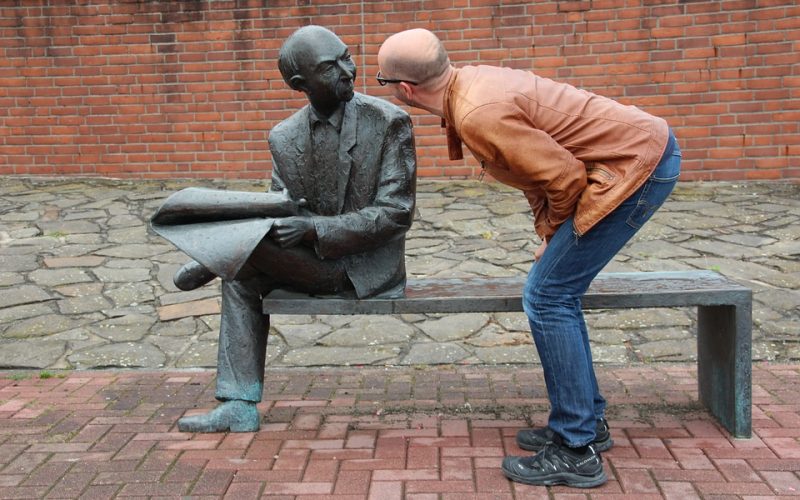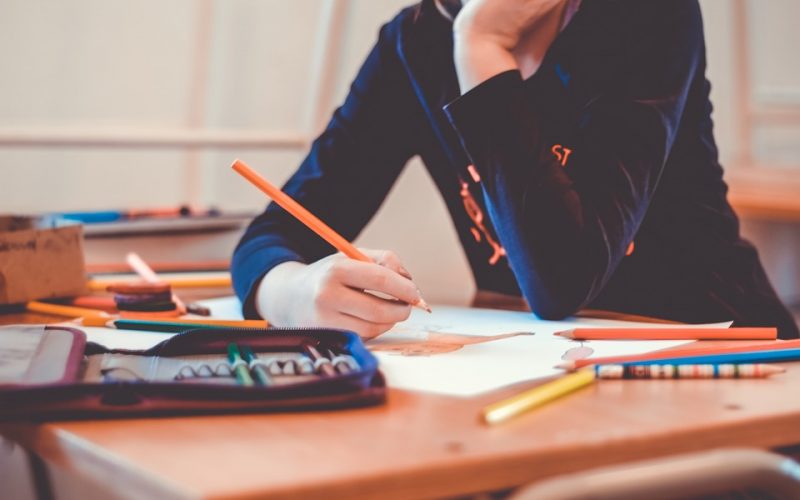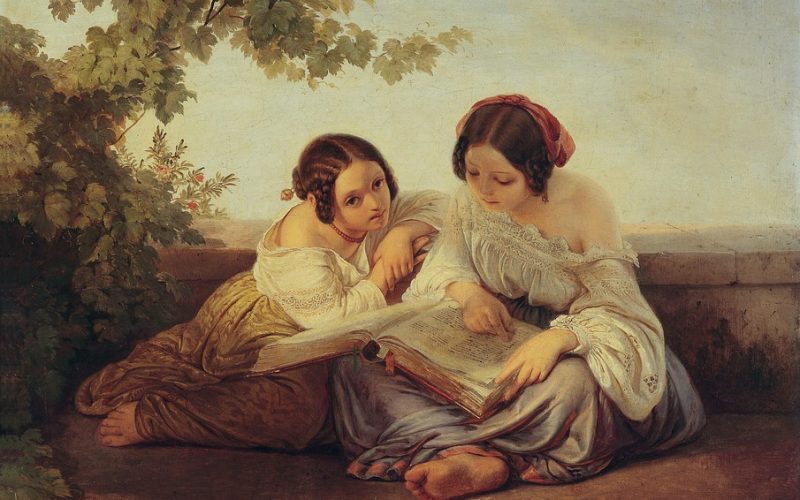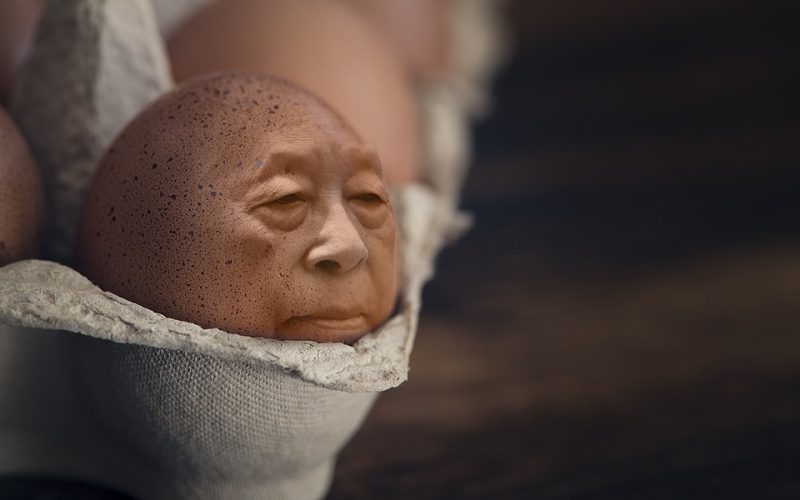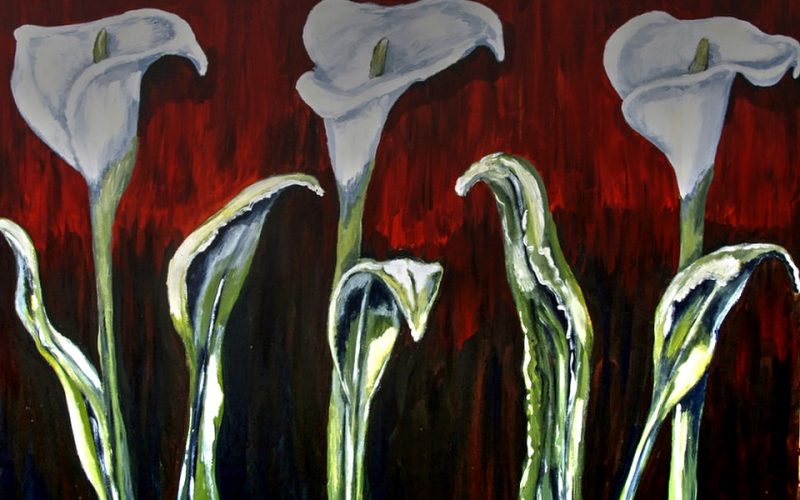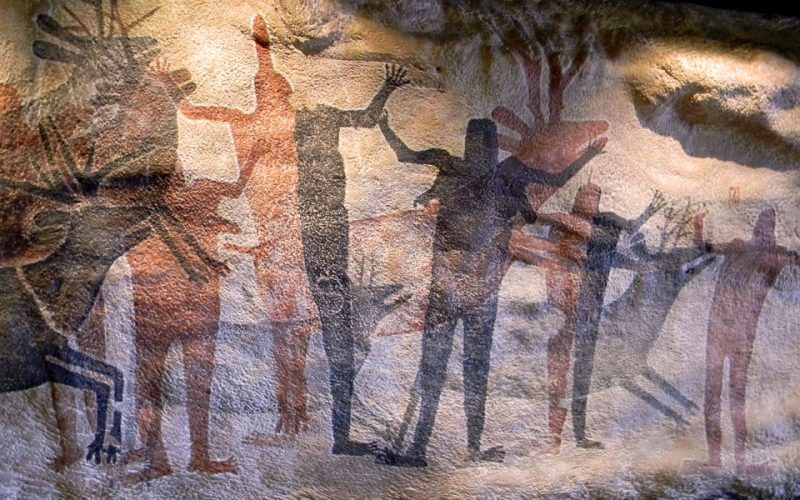Technical Aspects of Painting
Creating a painting with oils seems to be easy, and modern art students might believe they need only put brush to canvas and produce a masterpiece. There are many technical parts to be learned before a good painting is created, and these are often explored in formal settings or during apprenticeships. Each step has its own reason, and many of them will affect the final product. Failure to learn any of these important steps may inhibit a student’s ability to learn good painting techniques.
One of the most important steps is preparing the canvas, and the student must first decide what they will paint. If a landscape is the goal, the canvas must be washed with background colors. The area where the sky will be must have a wash of blue or white, and the ground area often receives a wash of brown or green. These steps will help the student blend the oils in layers to produce a variety of colors and depth in the painting.
Paints selection is important when creating a multi-toned picture, and the student should make sure all colors to be used are readily available. While oil paints dry slowly, light and creative inspirations may fade quickly. Keeping the colors needed nearby helps the student continue to paint at a steady pace, and they will have the opportunity to complete their piece without interrupting their train of thought. Creativity does not occur on a schedule, but it is best to work as long as possible when it occurs.
Knowing how to store and care for brushes and oil paint is important. A good oil painting is not usually done in one sitting, so it is best to learn correct storage procedures to keep them from drying out. This saves time and money for the student, but it also allows them the opportunity to break up their work into creative batches to produce a truly interesting final work.
